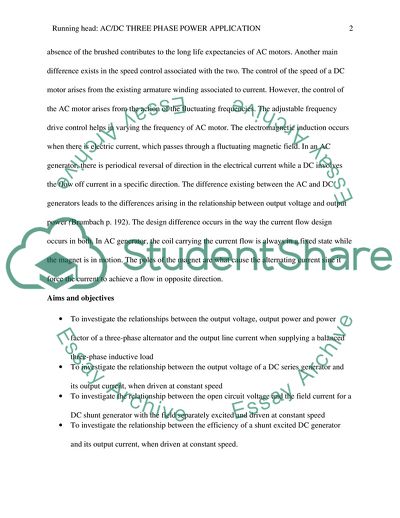Cite this document
(Electrical Power Applications Statistics Project, n.d.)
Electrical Power Applications Statistics Project. https://studentshare.org/technology/1796044-electrical-power-applications
Electrical Power Applications Statistics Project. https://studentshare.org/technology/1796044-electrical-power-applications
(Electrical Power Applications Statistics Project)
Electrical Power Applications Statistics Project. https://studentshare.org/technology/1796044-electrical-power-applications.
Electrical Power Applications Statistics Project. https://studentshare.org/technology/1796044-electrical-power-applications.
“Electrical Power Applications Statistics Project”. https://studentshare.org/technology/1796044-electrical-power-applications.


